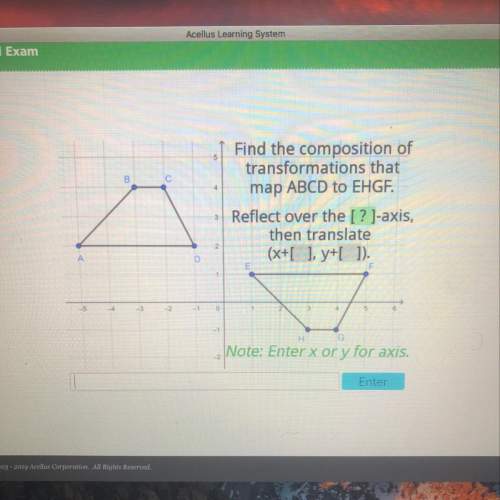
Mathematics, 22.02.2020 02:21 banna01man
The rate of change in the number of bacteria in a culture is proportional to the number present. In a certain laboratory experiment, a culture had 10,000 bacteria initially, 20,000 a time t1 minutes and 100,000 bacteria at (t1+10) minutes.
A) In terms of t only, find the number of bacteria in the culture a any time t minutes, t≥0.
B) How many bacteria were there after 20 minutes.
C) How many minutes had elasped when the 20,000 bacteria were observed

Answers: 1


Other questions on the subject: Mathematics


Mathematics, 21.06.2019 17:40, PONBallfordM89
How can the correlation in the scatter plot graph below best be described? positive correlation negative correlation both positive and negative no correlation
Answers: 1


Mathematics, 21.06.2019 18:30, guillianaroberts
Water flows at a steady rate from a tap. its takes 40 seconds to fill a 4 litre watering can from the tap. the rate at which water flows from the tap is halved. complete: 4 litres into cm3
Answers: 3
You know the right answer?
The rate of change in the number of bacteria in a culture is proportional to the number present. In...
Questions in other subjects:


History, 20.10.2019 20:10

Geography, 20.10.2019 20:10

Biology, 20.10.2019 20:10


Mathematics, 20.10.2019 20:10

Mathematics, 20.10.2019 20:10

History, 20.10.2019 20:10

Mathematics, 20.10.2019 20:10




